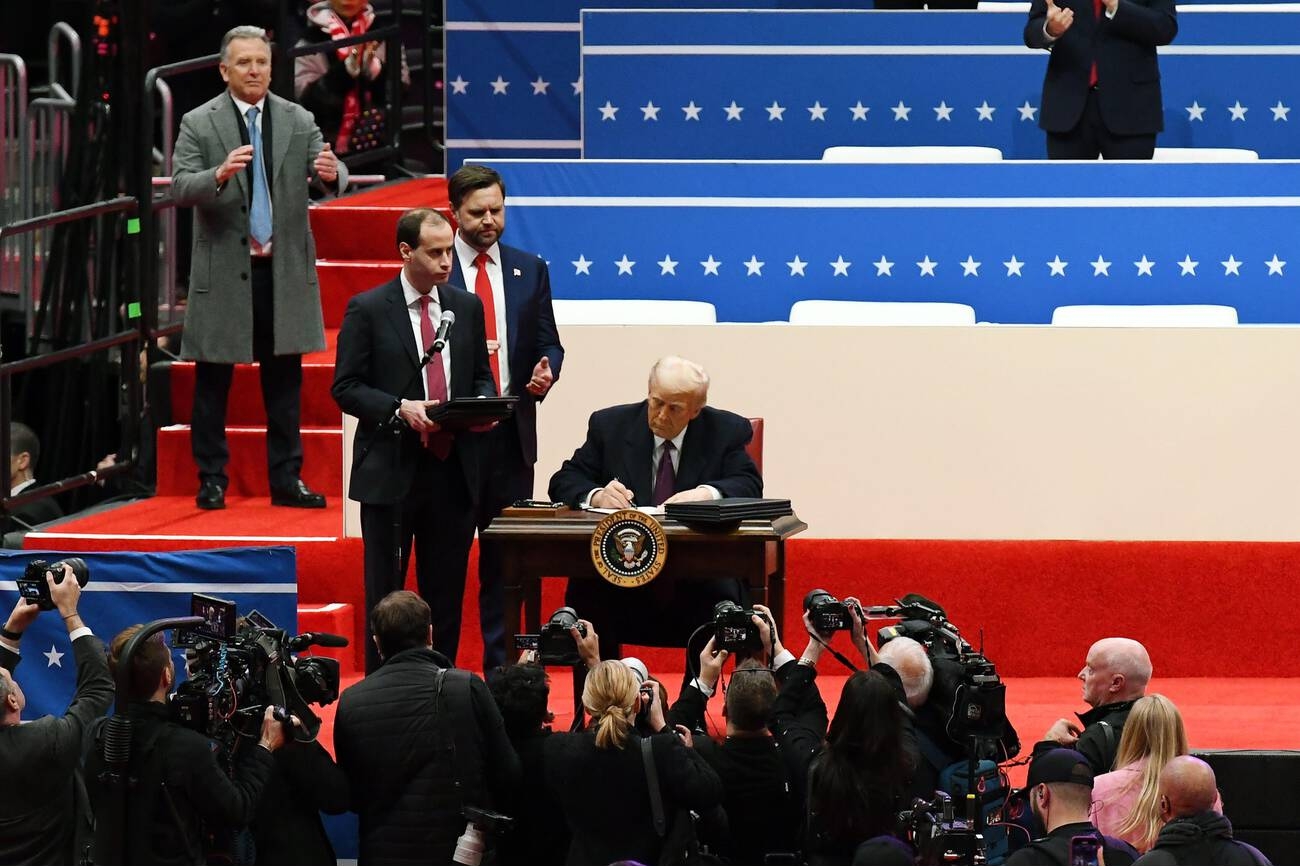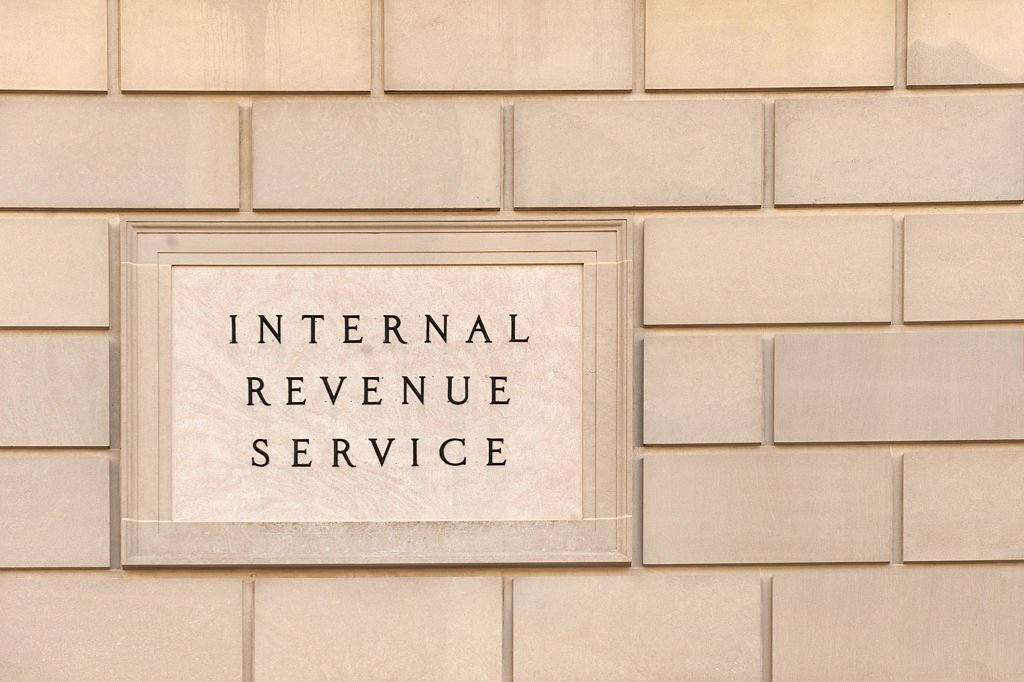Chief executive officers (CEOs) at the largest U.S. corporations saw their increase in total compensation slow dramatically in 2022, driven largely by a decrease in annual bonuses and slower growth in long-term incentives, according to a new analysis of proxy disclosures by WTW, a leading global advisory, broking and solutions company.
The WTW analysis found total pay for CEOs increased 2.7% in 2022, sharply lower than the 18.3% median increase in 2021. Additionally, the percentage of CEOs who received a reduction in total pay doubled from 21% in 2021 to 42% in 2022. Total pay, as reported in the Summary Compensation Table (SCT) in company proxy statements, includes base salary, actual annual and long-term cash bonuses, the grant-date value of long-term incentives (such as stock options, restricted stock and long-term performance shares), the value of perquisites, earnings from deferred compensation and the change in value of executive pensions.
The analysis, based on 450 S&P 1500 companies that filed proxies disclosing 2022 pay by the end of April, found annual bonuses, which soared by 36.8% in 2021, declined 2.5% last year. While annual bonuses were lower, payouts remained above target (123% of target) in 2022, but this was well below 2021 when payouts were 148% of target. The value of earned long-term incentives rose 10% in 2022 – less than the 44% increase in 2021 but still building on 2021’s significant growth rate. Salaries for CEO increased 3.1% in 2022, following a year in which the average CEO salary remained unchanged.
“CEO pay stabilized last year and is returning to levels typically seen before the pandemic,” said Don Delves, North America leader, Executive Compensation, WTW. “Given the stock market performance and lingering economic uncertainties, the fact that annual and long-term incentives weakened last year demonstrates the pay-for-performance model is working at most companies.”
More companies adding ESG metrics to incentive plans
The analysis also revealed over half of the S&P 1500 companies (56%) reported using an ESG performance measure in their annual incentive plan in 2022, up from 49% in 2021. The use of ESG performance measures in long-term incentive plans, however, remains relatively low – 8% in 2022 compared with 7% in 2021. A subset of 227 S&P 500 companies from the analysis also revealed growing interest in linking executive incentive awards to ESG measures. Twenty-one companies added an ESG measure to their annual incentive plans, while 47 companies expanded their use of ESG metrics. Additionally, 9 companies added an ESG metric to their long-term incentive plans while two companies expanded the use of ESG metrics in their long-term incentive plans.
“We are seeing continued interest by boards in linking executive pay to ESG priorities, particularly those priorities they feel they may be linked to sustainable value creation,” said Kenneth Kuk, senior director, Work & Rewards, WTW. “Many boards of directors see executive incentives as an effective way to hold CEOs and other corporate leaders accountable to meeting ESG goals they believe are most critical to business strategy, such as carbon emission reduction and diverse representation for management and the workforce.”
Thanks for reading CPA Practice Advisor!
Subscribe Already registered? Log In
Need more information? Read the FAQs
Tags: ESG, Payroll, Small Business




